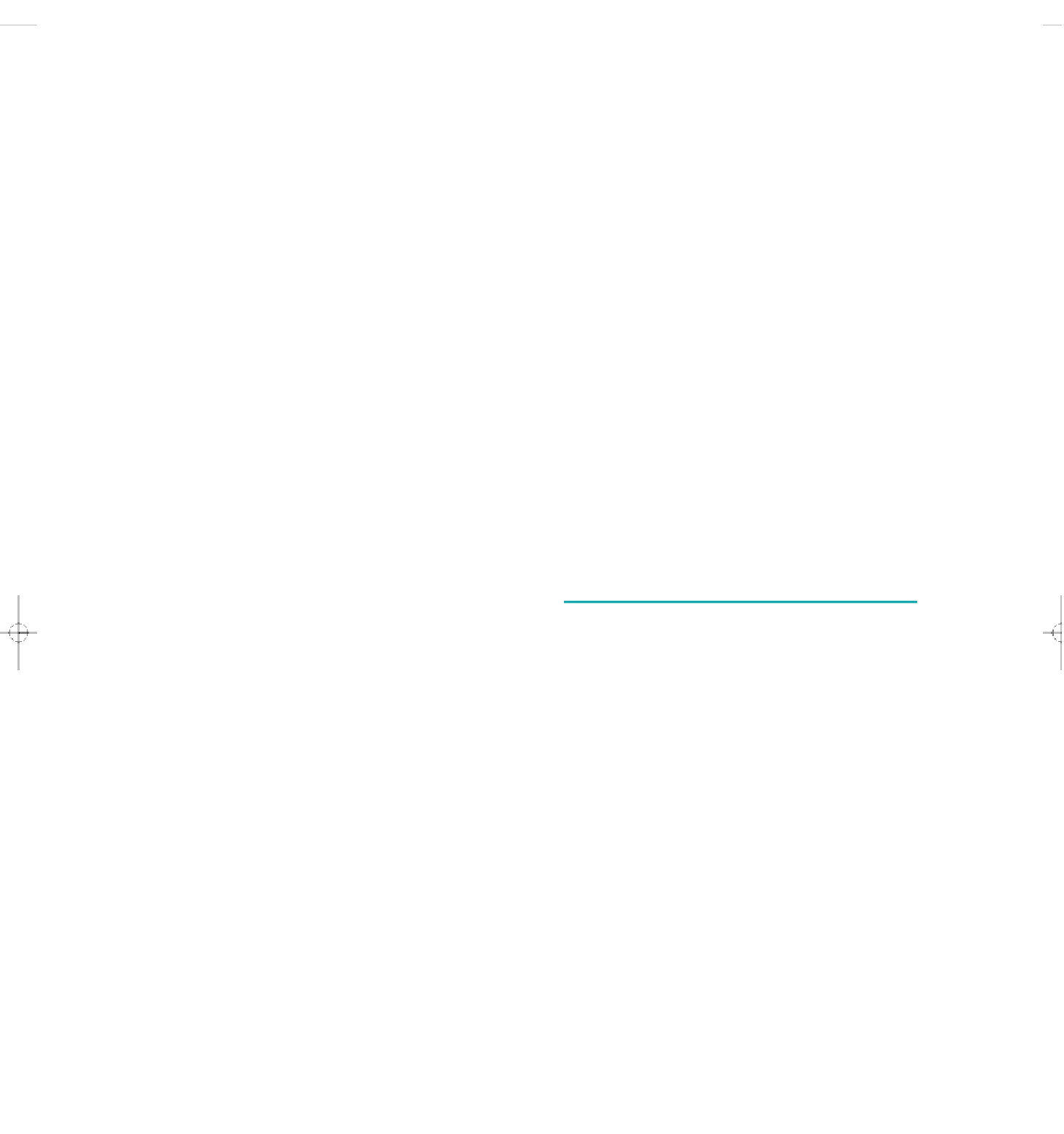Environmental Engineering Reference
In-Depth Information
anyone's back yard” (NIABY) or “not on planet Earth”
(NOPE) by emphasizing pollution prevention and use
of the precautionary principle.
According to physicist Albert Einstein, “A clever per-
son solves a problem, a wise person avoids it.” To pre-
vent pollution and reduce waste, many environmental
scientists urge us to understand and live by four key
principles:
Global Outlook: International Action
to Reduce Hazardous Waste
An international treaty calls for phasing out the use of
harmful persistent organic pollutants.
Between 1989 and 1994, an international treaty to limit
transfer of hazardous waste from one country to an-
other was developed. In 2000, delegates from 122
countries completed a global treaty to control 12
persis-
tent organic pollutants (POPs).
These widely used toxic chemicals are insoluble in
water and soluble in fat. In the fatty tissues of humans
and other organisms feeding at high trophic levels in
food webs, they can become concentrated to levels
hundreds of thousand times higher than in the general
environment (Figure 9-16, p. 197). POPs can also be
transported long distances by wind and water.
The list of 12 chemicals covered by the 2000
treaty—the
dirty dozen
—includes DDT and 8 other
chlorine-containing persistent pesticides, PCBs, diox-
ins, and furans. The treaty seeks to ban or phase out
use of these chemicals and detoxify or isolate stock-
piles of them. About 25 countries can continue using
DDT to combat malaria until safer alternatives become
available.
Environmentalists consider the POPs treaty to be
an important milestone in international environmental
law because it uses the
precautionary principle
to man-
age and reduce the risks from toxic chemicals. This list
is expected to grow as scientific studies uncover evi-
dence of toxic and environmental damage from other
chemicals.
In 2000, the Swedish Parliament enacted a law
that by 2020 will ban all chemicals that are persistent
and can bioaccumulate in living tissue. This law also
requires an industry to perform risk assessments on all
old and new chemicals and show that these chemicals
are safe to use, as opposed to requiring the govern-
ment to show that they are dangerous. In other words,
chemicals are assumed to be guilty until proven inno-
cent—the reverse of the current policy in the United
States and most countries. There is strong opposition
to this approach in the United States, especially by the
industries producing potentially dangerous chemicals.
■
Everything is connected.
■
There is no “away” for the wastes we produce.
■
Dilution is not always the solution to pollution.
■
The best and cheapest way to deal with waste and
pollution is to produce fewer pollutants and to reuse
and recycle most of the materials we use.
Good news.
There is growing interest in and greater
use of
resource productivity, pollution prevention, eco-
industrial systems,
and
service-flow businesses.
In addi-
tion, at least 24 countries have
eco-labeling programs
that certify a product or service as having met speci-
fied environmental standards.
Such changes start off slowly but can accelerate
rapidly as their economic, ecological, and health ad-
vantages become more apparent to investors, business
leaders, elected officials, and citizens.
Learn more about how shifting to a low-waste (low-
throughput) economy would be the best long-term solution
to environmental and resource problems at Environmental
ScienceNow.
The key to addressing the challenge of toxics use and wastes
rests on a fairly straightforward principle: harness the inno-
vation and technical ingenuity that has characterized the
chemicals industry from its beginning and channel these
qualities in a new direction that seeks to detoxify our economy.
A
NNE
P
LATT
M
C
G
INN
CRITICAL THINKING
1.
Collect all of the trash (excluding food waste) that you
generate in a typical week. Measure its total weight and
volume. Sort it into major categories such as paper, plas-
tic, metal, and glass. Then weigh each category and cal-
culate the percentage by weight of the trash in each cate-
gory. What percentage by weight of this waste consists of
materials that could be recycled or reused? What percent-
age by weight of the items could you have done without?
Tally and compare the results for your entire class.
2.
Are you for or against bringing about an
ecoindustrial
revolution
in the country and community where you live?
Explain. Do you believe it will be possible to phase in
such a revolution over the next two to three decades?
Explain. What are the three most important strategies for
doing this?
Solutions: Making the Transition to a Low-
Waste Society
A number of the principles and programs discussed in
this chapter can be used to make the transition to a
low-waste society during this century.
3.
Are you for or against shifting to a
service-flow economy
based on eco-leasing in the country and community






